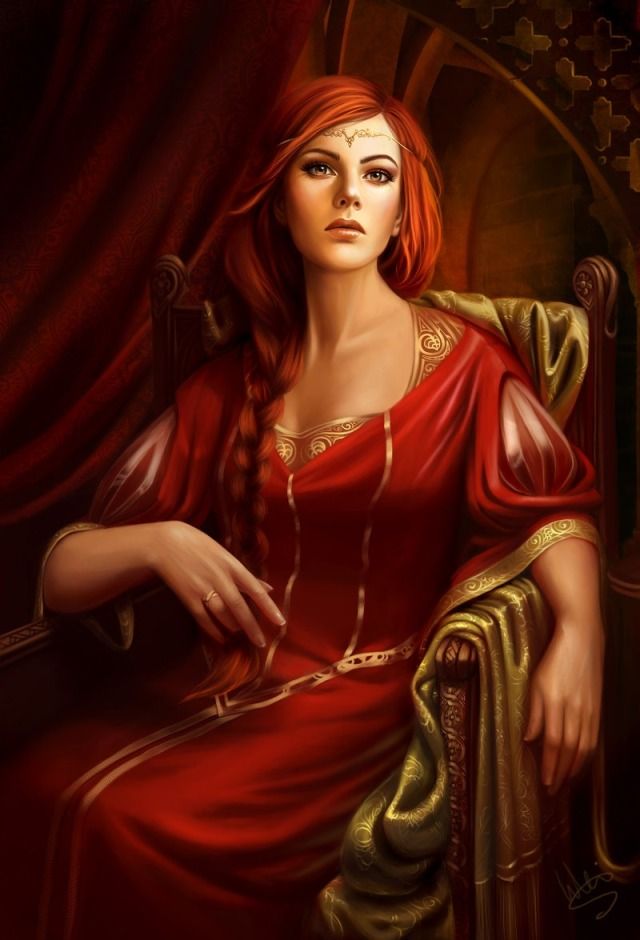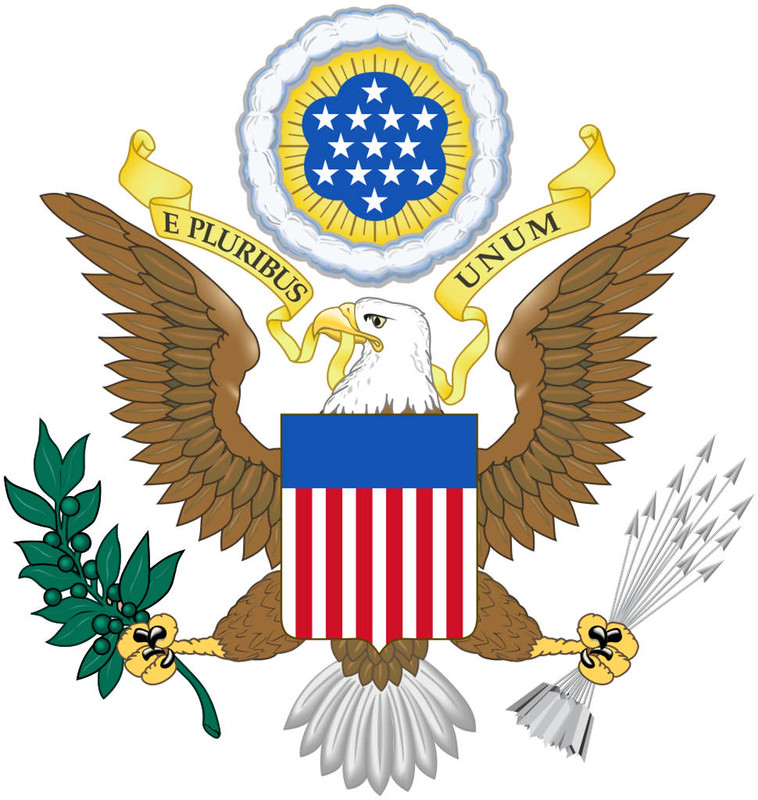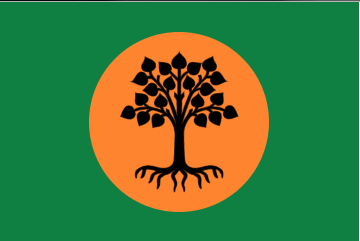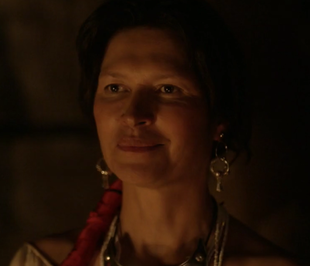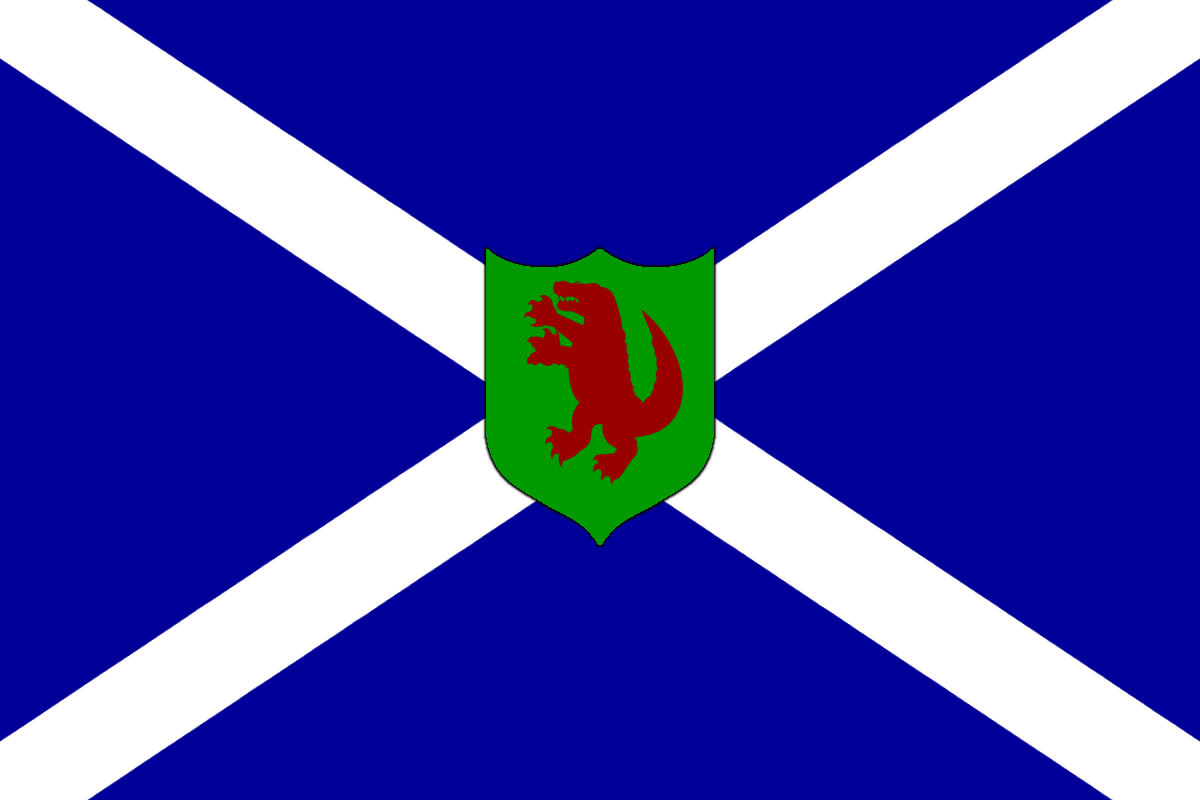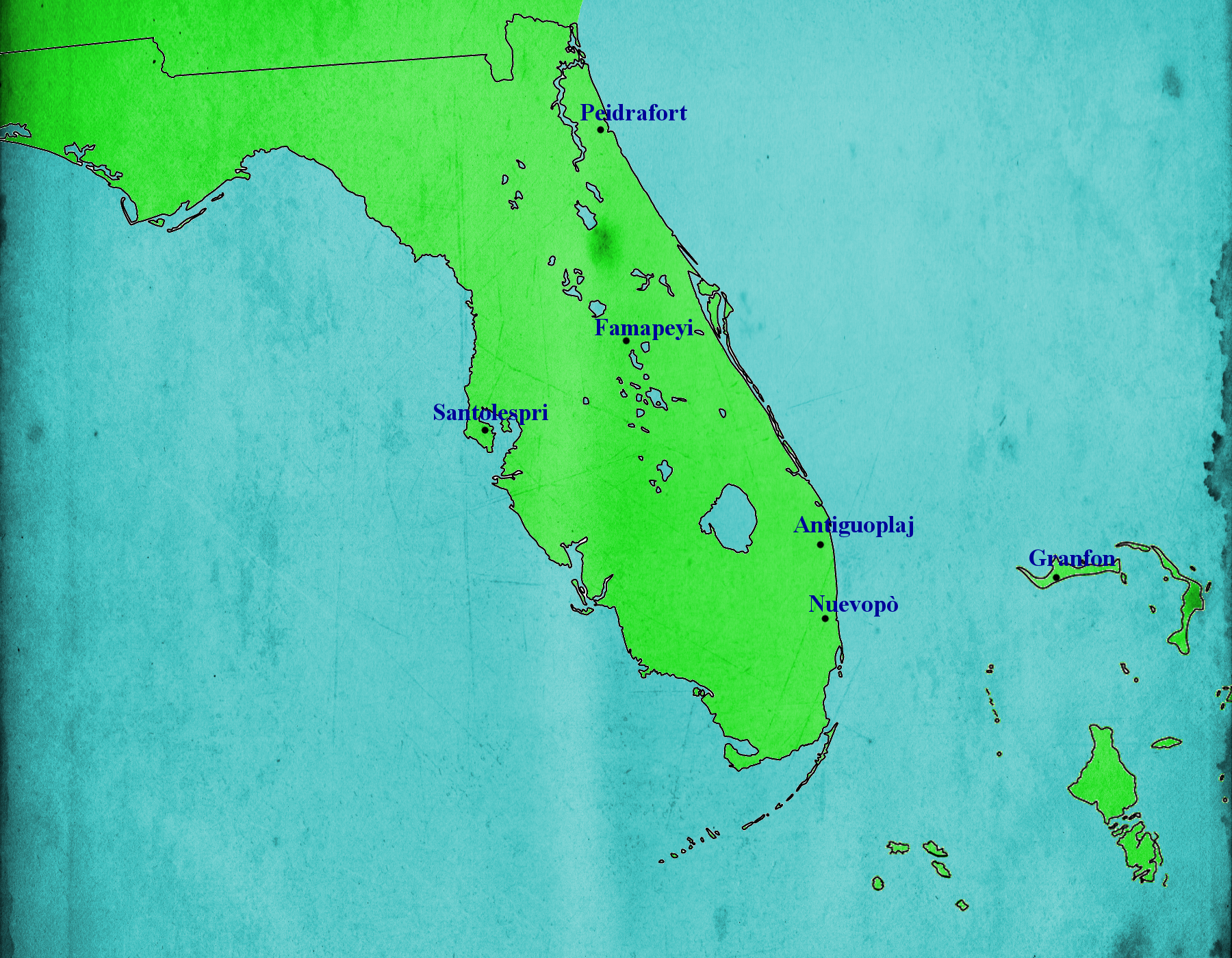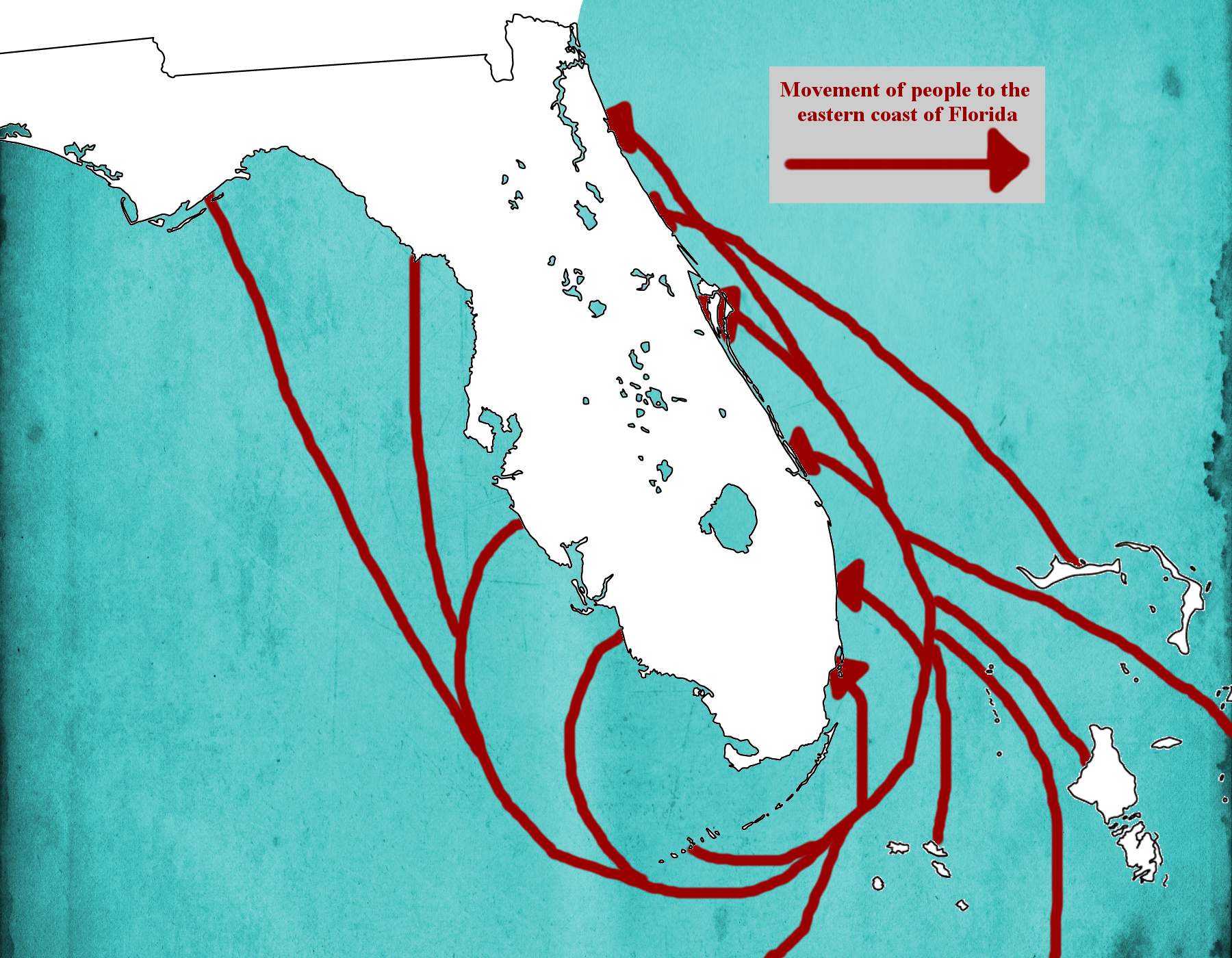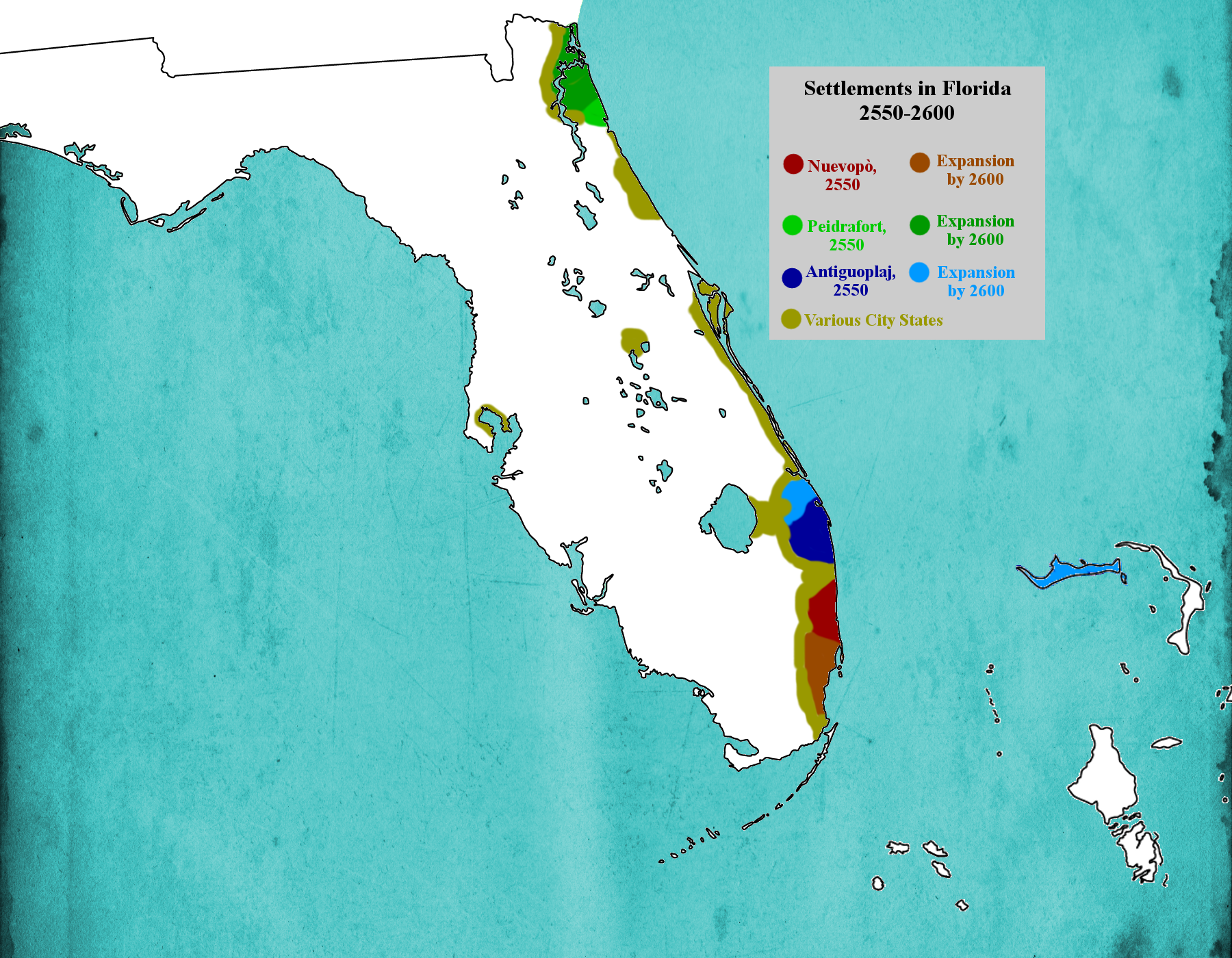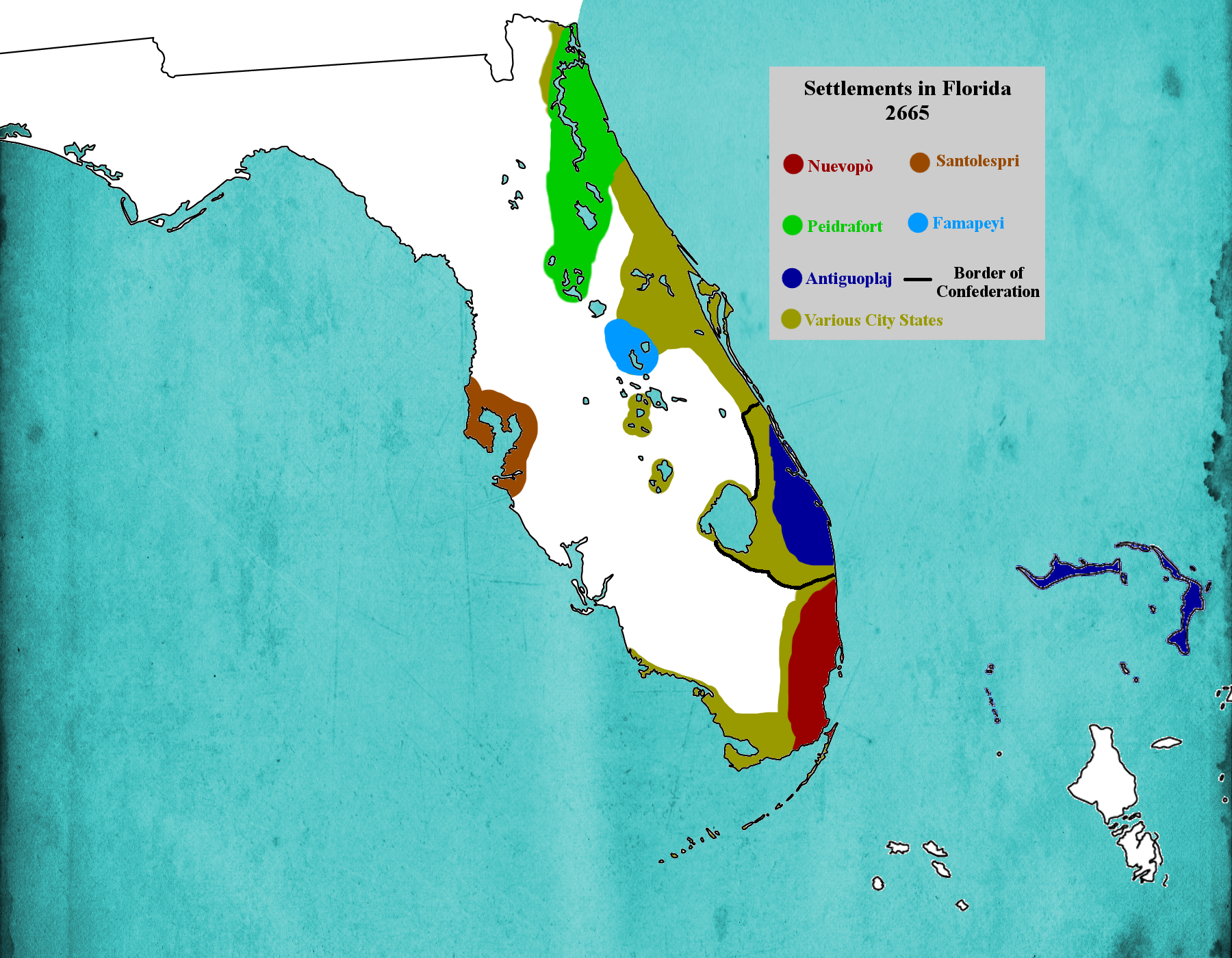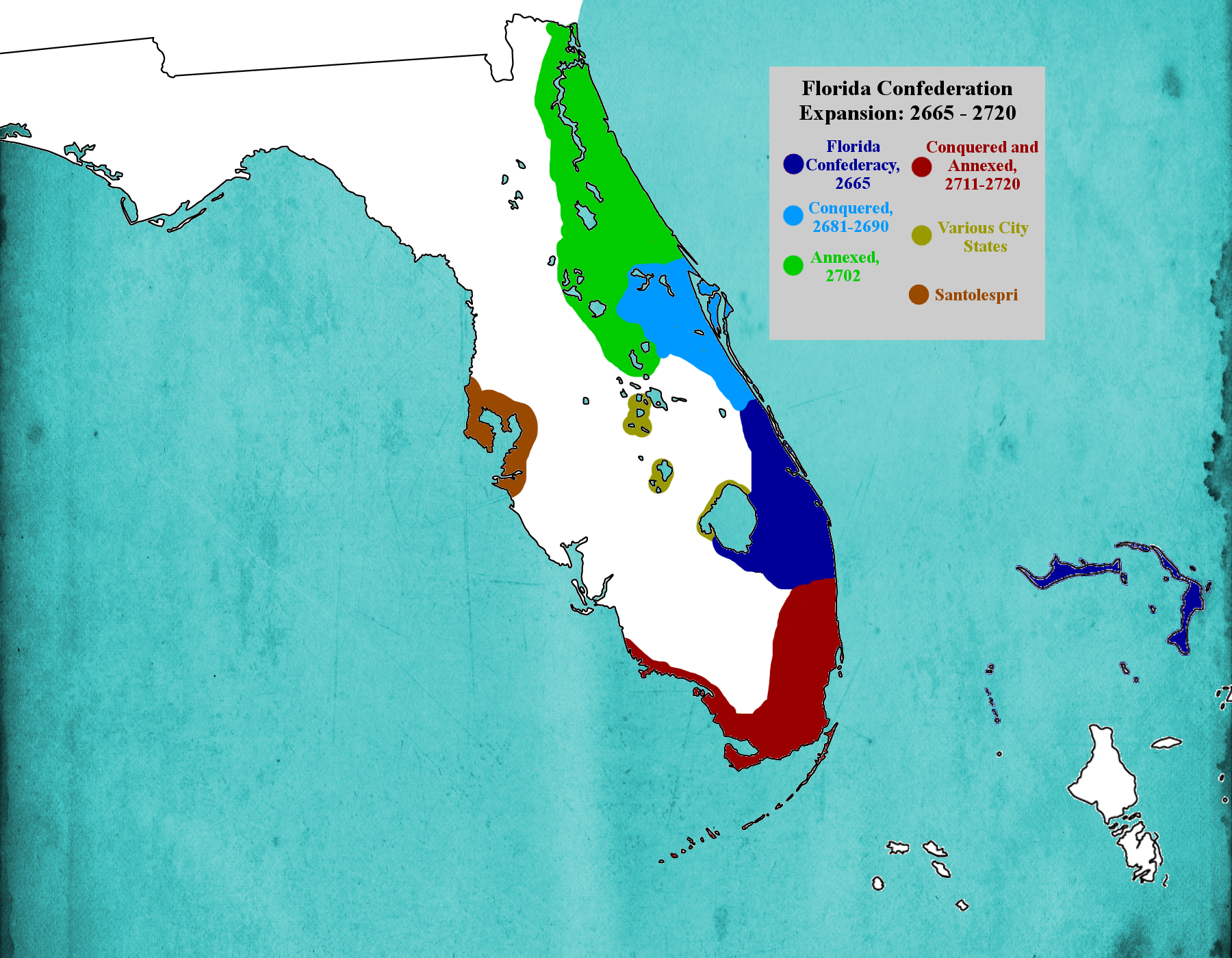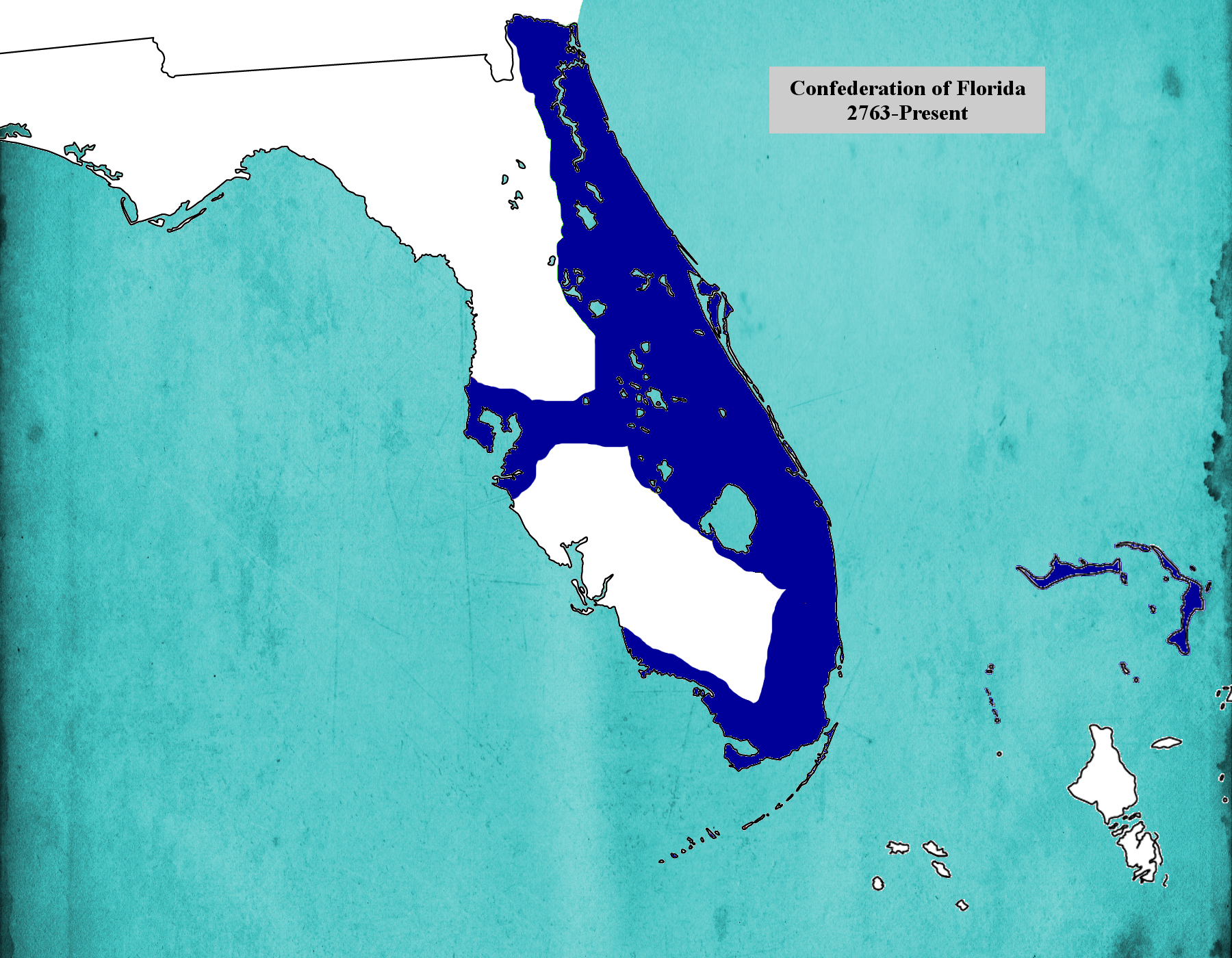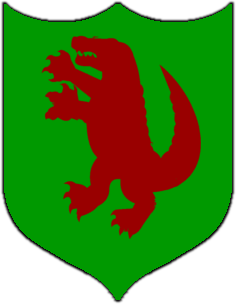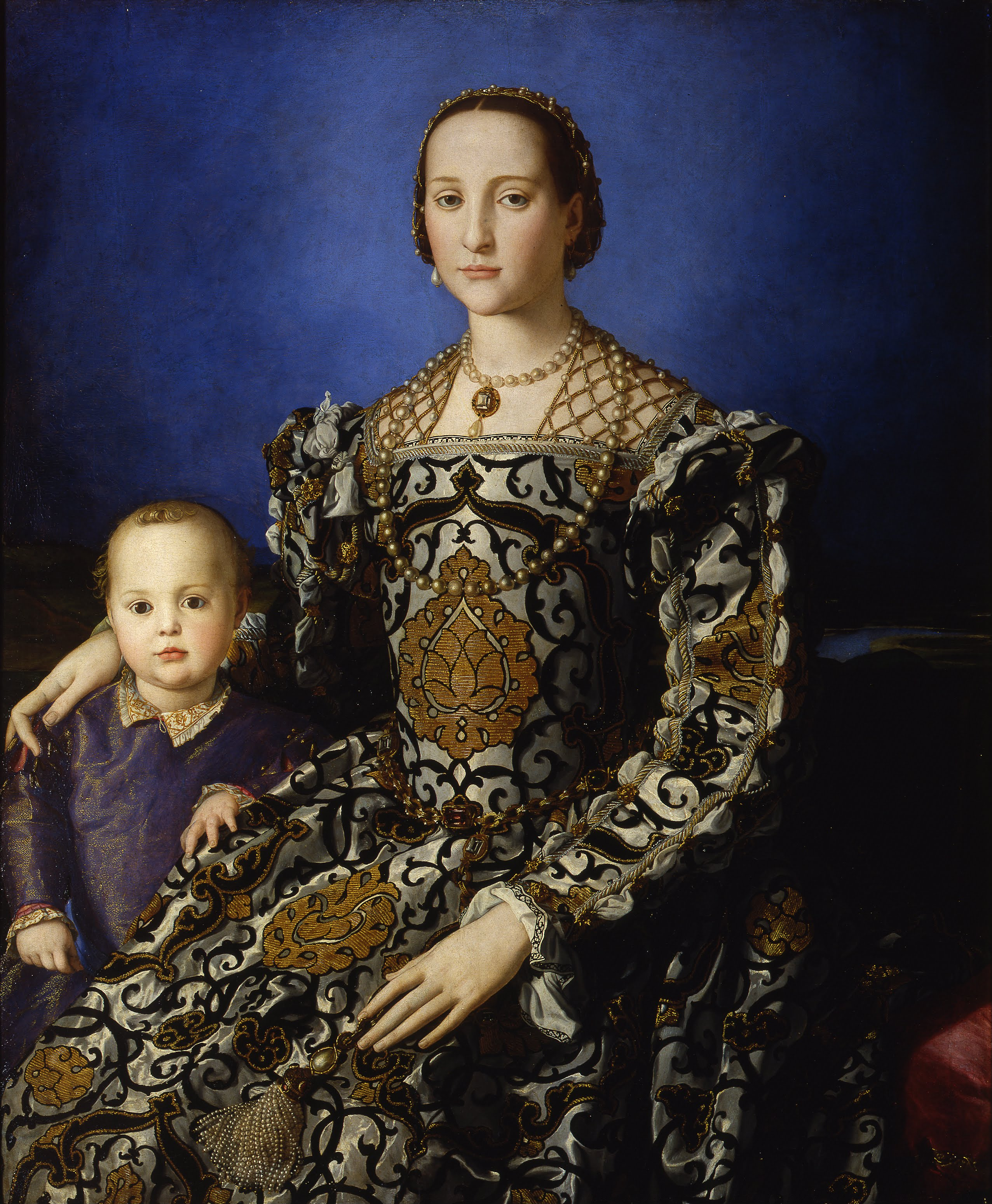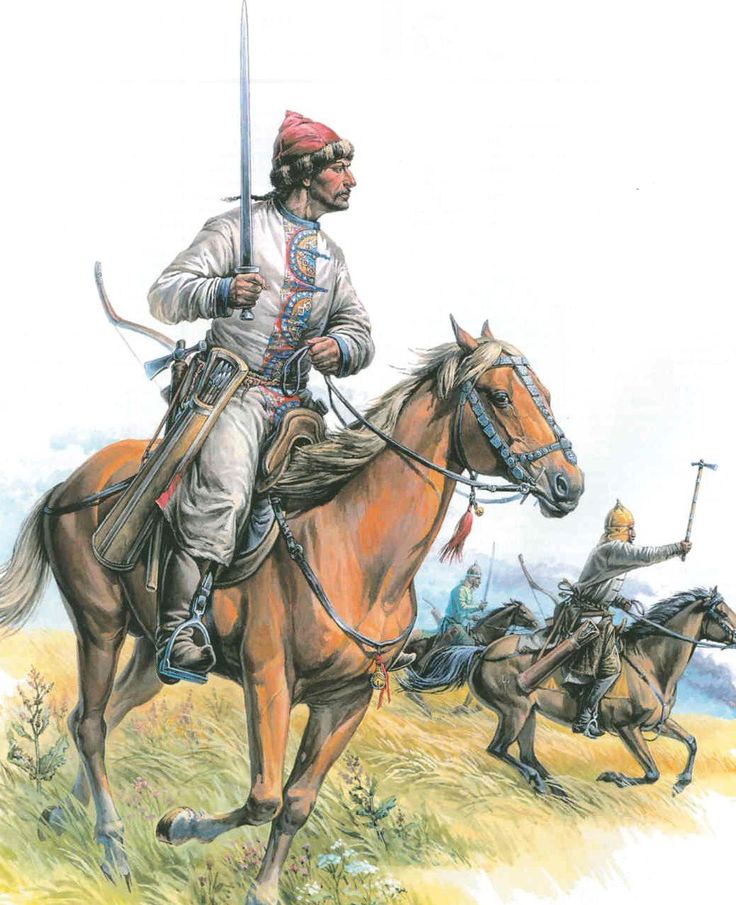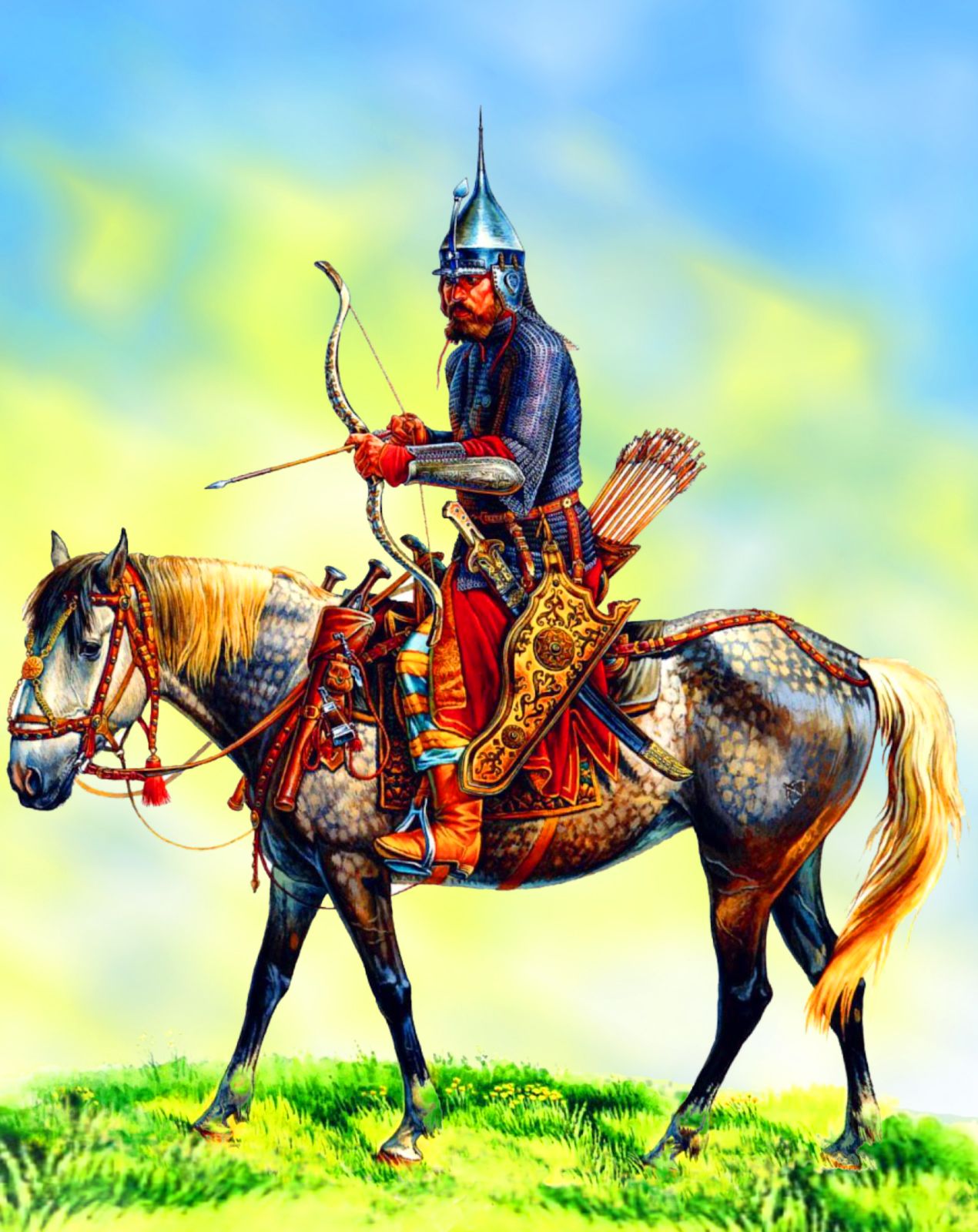Fishman Lord
ULTIMATE AI GOD
Nation Sheet
Nation Name:
Nation Flag/Symbol:
Location(on map, stay reasonable, we're talking maybe 40,000 square miles):
Population(300,000-600,000):
Culture:
Religion:
Major towns/cities:
Government Type(Most people should be monarchies, but there's room for merchant republics and theocracies):
History:
Other:
Character/Ruler Sheet
Name:
Dynasty:
Age:
Gender:
Culture:
Religion:
Appearance(image or description):
Personality:
History:
Spouse/s:
Children:
Other major family:
Main RP Thread: 800 Years Later
Nation Name:
Nation Flag/Symbol:
Location(on map, stay reasonable, we're talking maybe 40,000 square miles):
Population(300,000-600,000):
Culture:
Religion:
Major towns/cities:
Government Type(Most people should be monarchies, but there's room for merchant republics and theocracies):
History:
Other:
Character/Ruler Sheet
Name:
Dynasty:
Age:
Gender:
Culture:
Religion:
Appearance(image or description):
Personality:
History:
Spouse/s:
Children:
Other major family:
Main RP Thread: 800 Years Later




